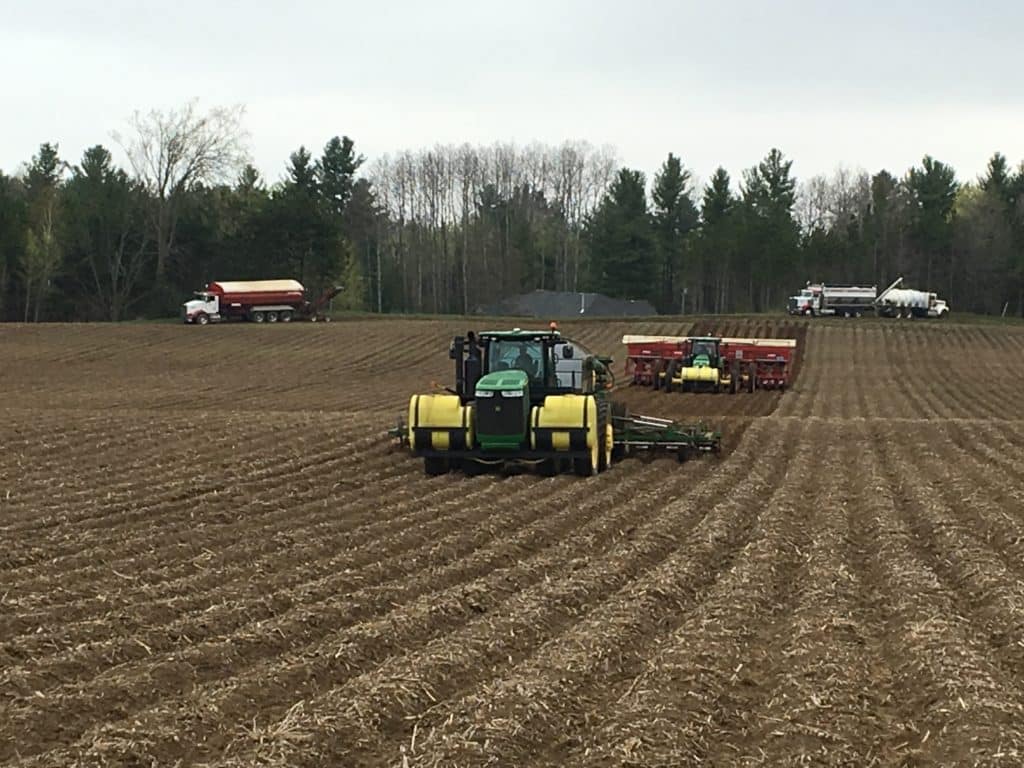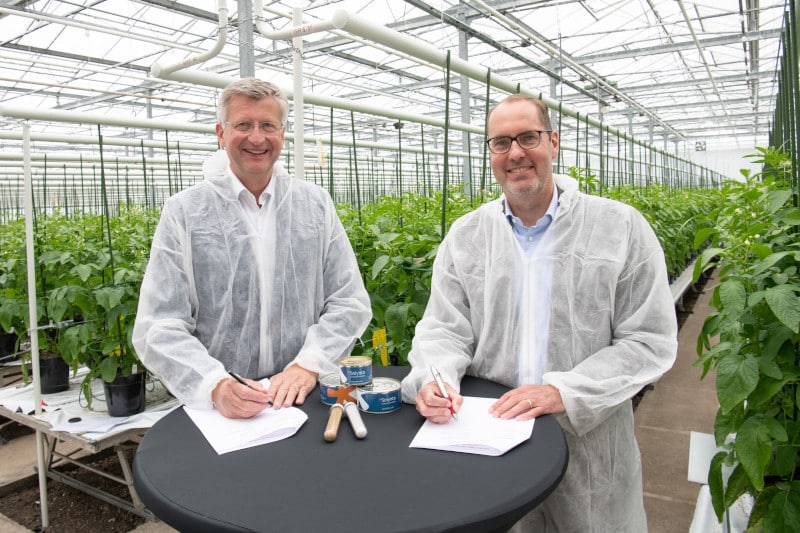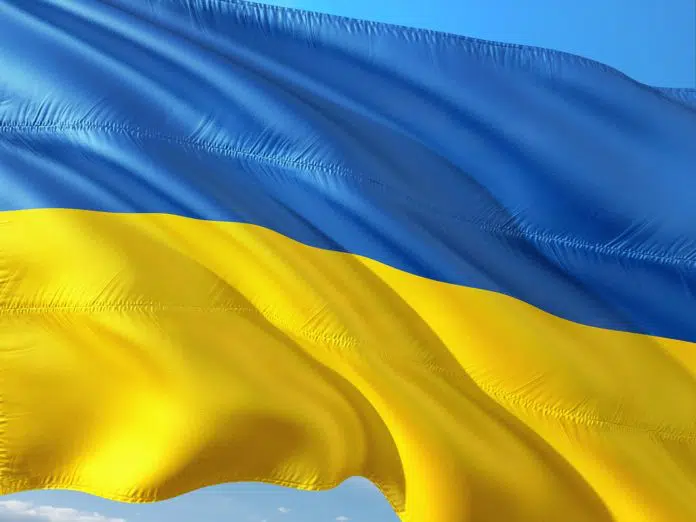Potato growers and industry from across Canada joined together virtually for the two-day Canadian Spud Congress.
The Canadian potato industry is an innovative group and on March 22 and 23 they gathered from coast-to-coast online to learn and share ideas at the Canadian Spud Congress.
The virtual conference saw two days of jam-packed programming with sessions covering a range of topics from true potato seeds to market updates and minimal tillage potato farming. European Seed was on hand for all the fun and is sharing a few tidbits.
Rising Production Costs Make for Uncertain Potato Market
With production costs on the rise and the ongoing Russian invasion of Ukraine, uncertainty looms for the potato industry. During the Potato Markets Overview session Cedric Porter, editor of World Potato Markets, and Kevin MacIsaac, general manager of the United Potato Growers of Canada, shared their insights.
Porter had already been suspecting potato acres in Europe would be down this year, but the Russian invasion of Ukraine has added to the worries growers are facing. He says while contract prices for spuds are higher this year, they aren’t high enough to make planting potatoes attractive over other crops.
MacIsaac estimates Canadian potato production costs have risen by 20 to 30 per cent this year. He expects Canadian processing potato acreage to increase though to fulfill demand, while chip and fresh acreage will be stable.
The Benefits of Minimum Tillage
During the A Sustainable Future for Potato Production discussion at the 2022 Canadian Spud Congress, three Canadian potato growers discussed how they’ve reduced tillage in their potato operations. All had been experimenting with this approach for a while finding their own ways and adaptations, depending on local conditions and soil.
All said an important reason for moving towards minimum tillage was to increase the organic matter in their soils — this helps both the soil and increases carbon sequestration. The growers also said they switched to minimal tillage to reduce soil erosion.

Managing Nematodes and Disease Through Good Tools and Management
When it comes to disease and nematode management in potatoes, it’s a lot to sort through. But at the end of the day, there’s no one-size-fit all approach to management.
Here are some tips and tricks to help growers out:
- First off you need to know your field, regional problems, and soil.
- Create a plan with a goal of what you want to target and manage.
- Crop protection is another option for nematode and disease management. Velum — a tool developed by Bayer Crop Science — is one tool all three panelists said adds value to a field.
True Potato Seeds Could Feed the World
While the future of true potato seeds is still in the distance, experts say they could have major implications for the future. In a special Congress themed episode of Seed Speaks, Helen Tai, a research scientist with Agriculture and Agri Food Canada, and Charles Miller, commercial director of Solynta, discussed true potato seeds and their future in the potato world.
True potato seeds could impact global food production for the better. Twenty-five grams of true potato seed can replace two and a half tons of seed tubers, which are needed to plant one hectare of potatoes, according to Miller. That could reduce transportation and storage — reducing the carbon footprint on the planet.
Scaling up of new potato varieties can also happen faster. Miller says they can go from one seed on the pre commercial level all the way to pre commercial launch volumes in 18 months, compared to the traditional market which can take years.
Where on the web — For full stories and video recordings of the Congress sessions check out https://spudsmart.com/category/canadian-spud-congress/
Read More About Current News in the Potato Industry:
War in Ukraine Means Uncertainty for European Potato Industry
Less Browning and Lower Acrylamide Levels Achieved in Potatoes Thanks to CRISPR
Solynta Granted U.S. Patent for Hybrid True Potato Seed Development












